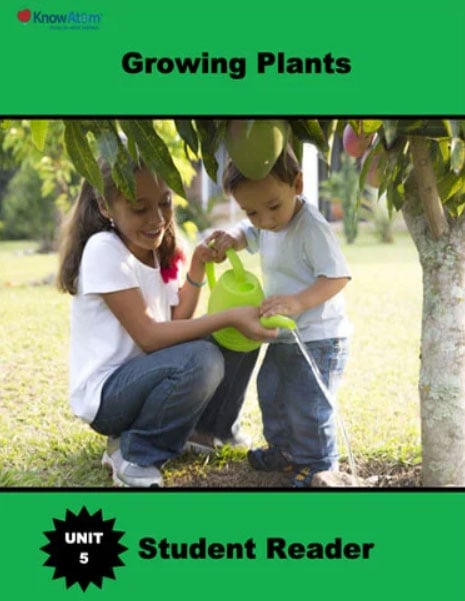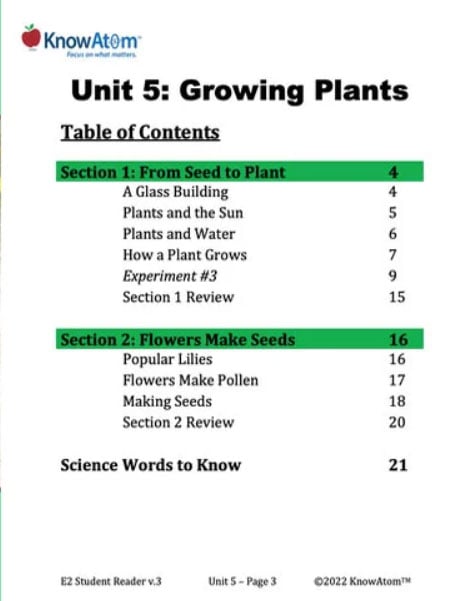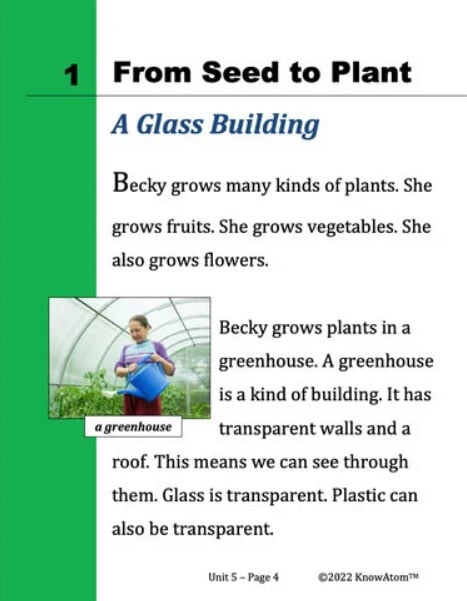In the previous lesson, students analyzed what plants need to survive. In this lesson, they explore the relationship between the structure and function of a lily by dissecting one. They use their observations to help them construct an explanation about why many plants depend on animals called pollinators for making seeds.








